If you’ve ever experienced power outage, you know how it affects your ability to carry on with life! Your refrigerator only has so many hours before all of the food goes bad. The freezer is starting to melt. You only have so much hot water and then it will all be cold. At night, you will have to function by battery operated lights and candles, but it will be dimly lit. If you work from home, you won’t have the internet. We are used to living with electricity and power.
Similarly, your body has a “power plant” that helps supply the energy for healthy functioning. Just like a power outage in our house, if the “power plant” is dysfunctional, the energy needed for a healthy body is absent and struggles to run normally. Mitochondrial dysfunction is a characteristic of aging and essentially all chronic disease. In functional medicine, understanding the intricate workings of the human body often involves delving into the microscopic world within our cells. It’d be short sighted to not analyze how well the “power plant” is working if your body is showing signs and symptoms of dysfunction. Your mitochondria are crucial to healthy cell function.
The Mitochondria as Power Plants
Imagine your body as a bustling city, with various organs and systems serving as essential infrastructure. In this city, the mitochondria are like power plants, generating the energy needed to keep everything running smoothly. Just as a city relies on electricity to power its buildings and transportation networks, our cells rely on mitochondria to produce adenosine triphosphate (ATP), the primary source of energy for cellular functions. Dysfunction of the mitochondria may also play an important role in the development of some chronic diseases.
The Role of Mitochondria as it Pertains to your Health
- Energy Production: Just as power plants convert raw materials into electricity, mitochondria transform nutrients from the food we eat into ATP through a process called cellular respiration. This ATP fuels essential processes such as muscle contraction, nerve impulse transmission, and protein synthesis, ensuring that our bodies can perform daily activities and maintain overall health.
- Metabolic Health: The efficiency of a city’s power plants directly impacts the city’s overall energy supply and stability. Similarly, the health of our mitochondria influences our metabolic health. Dysfunctional mitochondria can lead to imbalances in energy production, contributing to conditions like obesity, diabetes, and metabolic syndrome.
- Oxidative Stress: Just as pollution, rust, wear and tear can accumulate around power plants, the process of energy production in mitochondria generates free radicals as byproducts. These free radicals, if not neutralized by antioxidants, can cause oxidative damage to cells and contribute to aging and disease.
- Cellular Communication: In our city analogy, power plants distribute electricity to various neighborhoods, enabling communication and coordination among residents. Similarly, mitochondria play a crucial role in cell signaling pathways, influencing processes such as gene expression, cell growth, and apoptosis (programmed cell death).
- Hormonal Balance: Finally, just as electricity powers essential systems like streetlights and traffic signals, mitochondrial energy production is essential for regulating hormone synthesis and signaling. Hormones play a vital role in maintaining homeostasis, mood stability, reproductive health, and stress response.
In the realm of functional and holistic medicine, understanding the role of mitochondria is paramount for optimizing health and vitality. By viewing mitochondria as the powerhouses of our cells, we can appreciate their multifaceted contributions to energy production, metabolism, oxidative balance, cellular communication, and hormonal regulation. By incorporating strategies to support mitochondrial health into our lifestyle, we can harness their full potential and promote holistic well-being at the cellular level.
Supporting Mitochondria to Prevent Diseases Associated with Aging
Understanding how mitochondrial function is directly correlated to healthy aging encourages us to prioritize lifestyle changes that support it. Inflammatory foods and overeating can both contribute to mitochondrial dysfunction. Addressing how we eat is a good start to mitochondrial support.
Guidelines for A Healthy Mitochondria Diet
The basic principles would be to eat anti-inflammatory, low-glycemic, gluten-free, low in grains, and moderate in high-quality fats in order to help lower inflammation and reduce oxidative stress. Nutrients to emphasize are as follows:
Protein
Since protein helps to stabilize blood sugar levels, this may help to prevent an immune response to high blood glucose which causes inflammation. High quality proteins also help to stimulate muscle mitochondrial protein synthesis. Here are a few high quality protein sources:
- Free-range, grass-fed, organically grown meats and non-GMO plant proteins, and wild-caught fish are preferred.
- Wild Alaskan salmon
- Mackerel
- Sardines
- Cod
- Elk
- Venison
- Lamb
- Beef
- Bison
- Eggs
- Poultry
- Plant-based proteins like tofu, tempeh, mushrooms, and various protein powders can be good substitutes if you don’t eat animal products.
Healthy Fats
Healthy fats help to lower inflammation in the body and they may improve the function of the mitochondria in the brain. A list of high quality fats are below:
- Minimally refined, cold-pressed, organic, non-GMO fats
- Avocado
- Coconut milk
- Olives
- Cooking oils like avocado, coconut, ghee, grass-fed butter, MCT, and olive.
- Almonds
- Chia seeds
- Flaxseed
- Hemp seeds
- Pumpkin seeds
- Walnuts
- Brazil nuts
- Cashews
- Hazelnuts
- Peanuts
- Pecans
- Pistachios
- Pine nuts
- Sesame seeds
- Nut butters
- Egg yolks
- Cold-water fish
Fruits and Vegetables
Eight to twelve servings of phytonutrient rich fruits and vegetables can help to lower inflammation and may improve mitochondrial function. Here are some of the best fruits and vegetables to incorporate as you seek to support your “power houses”:
- Arugula
- Asparagus
- Bok choy
- Broccoli
- Brussels sprouts
- Cabbage
- Cauliflower
- Chard
- Chives
- Daikon radish
- Fermented vegetables
- Garlic
- Greens of all kinds
- Kohlrabi
- Leeks
- Okra
- Onions
- Scallions
- Sea vegetables
- Shallots
- Spinach
- Watercress
- Apples
- Blackberries
- Blueberries
- Cherries
- Grapes
- Mango
- Pomegranate
- Raspberries
- Strawberries
Additional helpful strategies would be to incorporate scientifically backed supplementation, limit grains and dairy, incorporate intermittent fasting and caloric restriction, use low-heat cooking options and improve the quality of your food by avoiding pesticides and herbicides.
Nutrition is just one of the pieces of a holistic plan to support healthy mitochondrial function and in turn, keep the powerhouse strong in your body. As a functional nutritionist, there are several other factors that we’d consider and address to support this system of your body.
For a free consultation, please schedule an appointment here.
https://www.ncbi.nlm.nih.gov/pmc/articles/PMC3951182





